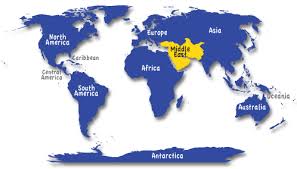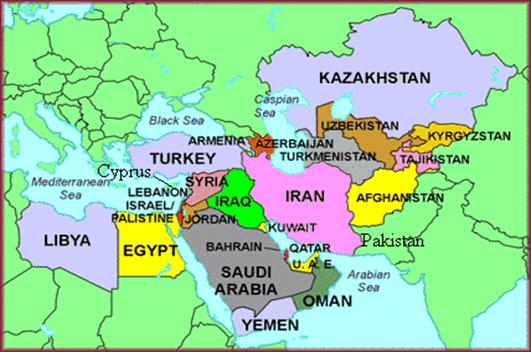America Since 1975
5th Grade Georgia Performance Standards on America since 1975
SS5H7 Trace important developments in America from 1975 to 2001.
a. Describe the collapse of the Soviet Union, including the role of Ronald Reagan.
b. Describe the events of September 11, 2001, and analyze their impact on American life.
c. Explain the impact of the personal computer and the Internet on American life
a. Describe the collapse of the Soviet Union, including the role of Ronald Reagan.
b. Describe the events of September 11, 2001, and analyze their impact on American life.
c. Explain the impact of the personal computer and the Internet on American life
Why don't the U.S. and the Middle East get along?This is a very complicated question with many possible answers, so answering it in a few paragraphs is very difficult. Here is my best shot. The Middle East is mostly Muslim (which can be a very strict religion) and the United States is seen as showing a lack of respect to strict Muslim belief's because they allow people for worship God however they want or not at all. Many muslims find this unthinkable because they follow such strict rules in their attempt to please God. This by itself is not the only reason so many people dislike America, because there are many countries that allow people freedom to worship God however they choose.
A second major factor is that the U.S. allows great freedoms, but is also very involved in the Middle East. So many people in the Middle East think that the U.S. is trying to control their countries. Here are a few examples of how the U.S. has been involved in the Middle East over the years:
|
What and Where is the Middle East?The Middle East is a part of the world seen in yellow on the map below. It is in the middle of Europe, Asia and Africa and has been the center of a lot of conflict (fighting) for centuries. It is a very difficult region because it is where three different major religions got started. Christianity, Islam and Judaism all started in the Middle East.
Click Here for an Overview of the Persian Gulf War in 1990-91Click Here for a War in Iraq Video Overview from 2003-2011IT IS IMPORTANT TO REMEMBER THAT THE ALTHOUGH MANY PEOPLE IN THE MIDDLE EAST DO NOT LIKE THE UNITED STATES, THERE ARE MANY PEOPLE THAT DO SUPPORT THE U.S. As in any situation, people should be judged by their own actions and not the actions of others. It is also important to remember that there are a lot of other much more detailed factors which are involved. Entire books could be written about the United States involvement in the Middle East. |



